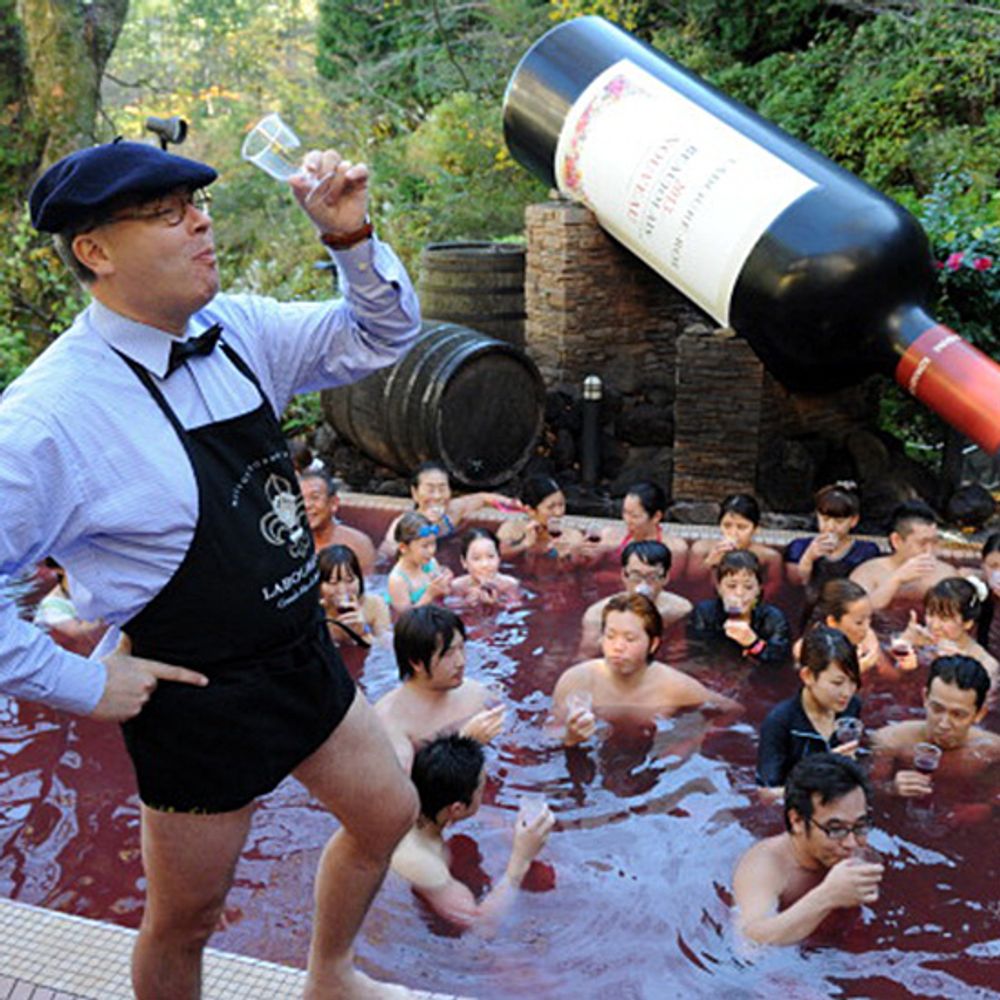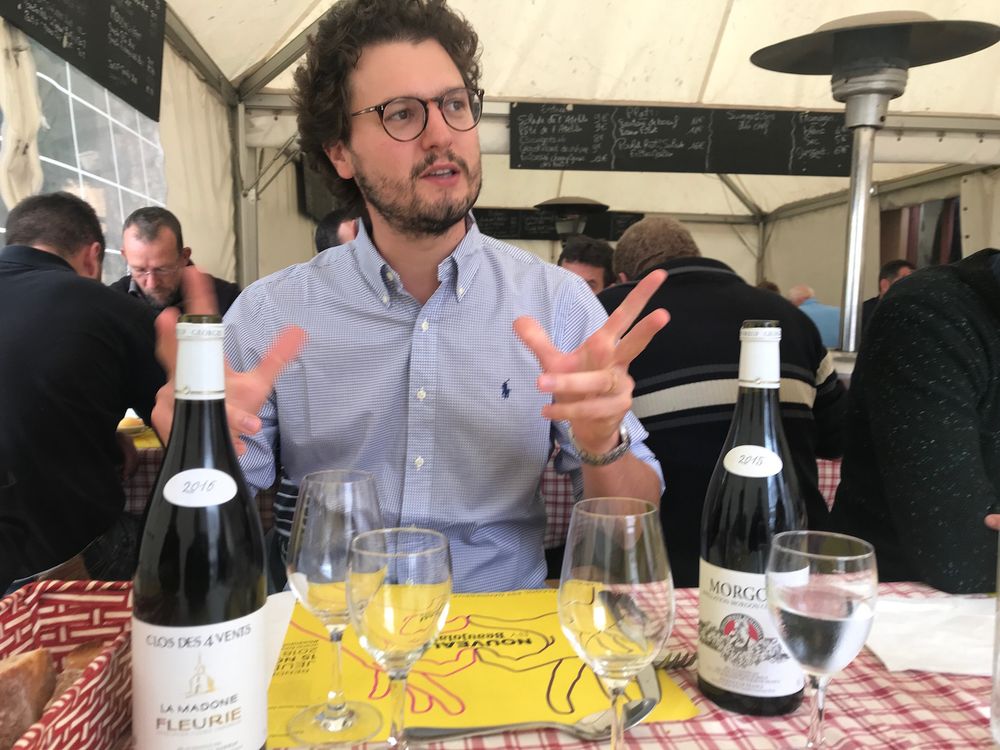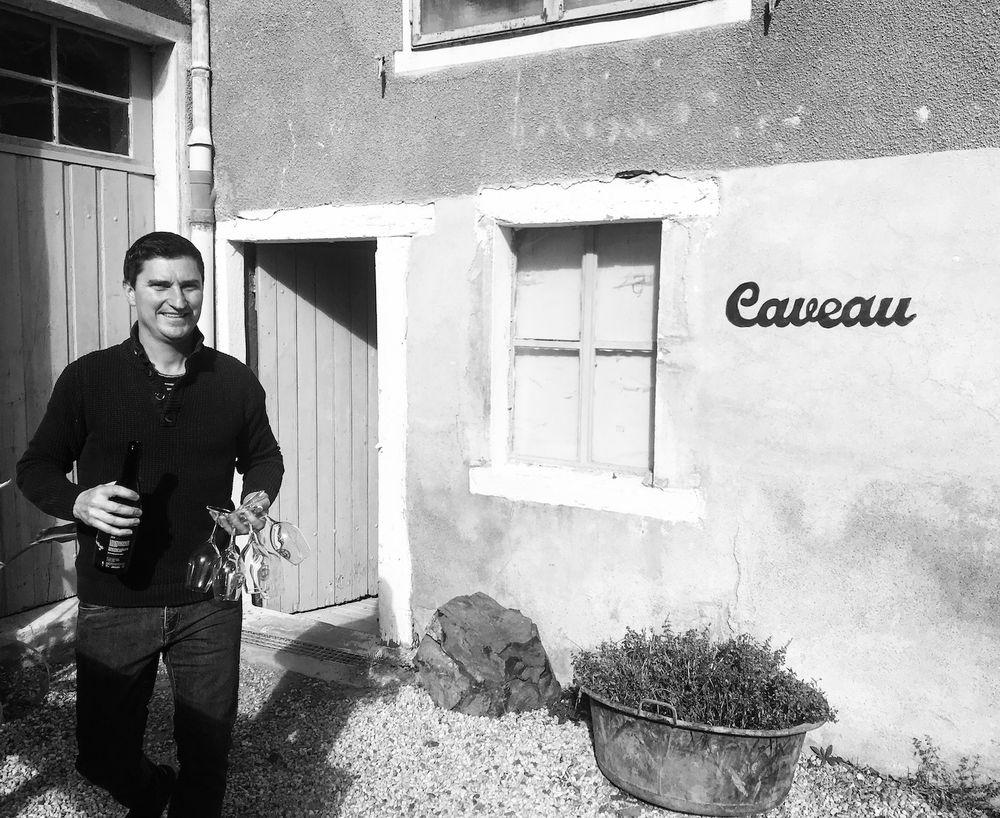A new wave of smaller producers have slowly but surely been building back our love affair with Nouveau
It used to be that Beaujolais wines and the kind of wines that excited wine critics – concentrated fruit bombs, using plenty of wood and extraction – were far removed from each other. Today, though, Beaujolais (from Nouveau through to the 10 crus) is right in the sweet spot for critics and younger drinkers, ticking the right boxes for winemaking style, expression of terroir, value, smash-ability, and so on.
Millennials also don’t have a memory of the bad old days of the 1980s Beaujolais Nouveau campaign when, what was then the only real vin primeur around, would be whisked into town for mass consumption on the third Thursday of November, only for the third Friday of November to start with ‘mon hangover est arrivée’. And a terrifying one at that.
Talking to a prominent member of today’s Beaujolais setup about 1985 onwards, Beaujolais Nouveau Day was the only day in the calendar when he would ask his assistant to hold all calls in the afternoon so he could lie on the office floor and sleep.

Japan is currently the second largest importer of Beaujolais with 93% of those imports Beaujolais Nouveau. Silliness still abounds much like the Beaujolais Nouveau days in the past.
Historically speaking, two major advantages of Beaujolais Nouveau is that it is an early indicator of the current vintage but it is also an important way to celebrate in a region that sure likes to party. The big problem for Beaujolais as a whole, though, is that, through the marketing drive of the negociants, Beaujolais Nouveau was used as the international standard bearer for Beaujolais.
Why? For the big boys Nouveau was a perfect vehicle to move a lot of vin ordinaire and it was perfect for cash flow – the wine is on the shelf so soon after being harvested that you can almost cut out the middleman, the winemaker; and tasting them you would probably think that this had been the case.
As a result, new vines were planted in greater density, with higher yields, and the total acreage in Beaujolais went from 15,000 hectares to 24,000 hectares in an unsustainably fast pace until supply far outstripped demand.
The easy money came at a price.

Adrien Duboeuf-Lacombe, export director of Les Vins Georges Duboeuf: “For me Nouveau is a real product, a specific product linked to Beaujolais – few regions could produce a Nouveau wine. Beaujolais took the chance.”
Most Nouveau consumers got tired of it relatively quickly and moved on to other countries for better value. The seasonality also had a downside because, in the States, where Beaujolais is still the number one export market, consumers began to think that Beaujolais as a whole was as seasonal as eggnog (arriving as it did around Thanksgiving time) so, again, moved to other countries rather than traded up to the crus.
The uprooting of vines then started in earnest , especially after 2005 when the real downturn came in the Beaujolais Nouveau market worldwide, until now where we are ‘back to square one’ with 16,500 hectares planted in the region.
After many years Beaujolais is finally starting to grow again
Visiting Beaujolais a few weeks ago, the region is at an interesting stage of rejuvenation where, for the first time since that damaging marketing campaign, supply is now keeping up with demand, which is hopefully good news so that prices can continue moving upwards from the low point it was submitted to.

Jean Bourjade, executive officer of Inter-Beaujolais: “The type of wines we want to be reknowned for are personalised ones, volume is not the essence.”
The latest figures from trade body Inter-Beaujolais show that the region grew in volume from 2016-2017 by 5.7% to an output of just over 228k hectolitres, with value growing more by 7.8%.
The UK is the third of the world’s four major markets for Beaujolais, behind the US and Japan and about double the size of the Canadian market. Where the Canadian market is stagnant and the US and Japan grew and shrank by 7% respectively, the UK grew a massive 24% over the same time period.
But the amount of Beaujolais Nouveau we import compared to other types of Beaujolais is one of the lowest out of all the major markets – 14% compared to 25% in the US and a staggering 93% in Japan. They just can’t get enough of the stuff. Beaujolais Nouveau worldwide is worth €37.5m with the UK accounting for just €1.3m of that compared to, say, the value of Beaujolais crus which is worth €9m in the UK.
Jean Bourjade, executive officer of Inter-Beaujolais does not mince his words when he says that the volume of wine the region has lost “were the shit wines, the entry level, poor quality wine that tarnished the region as a whole, where the price was often below the production cost.”
“The type of wines we want to be reknowned for are personalised ones,” adds Bourjade, “volume is not the essence.”

Ralphaël Chopin: “Beaujolais Nouveau is strange – it’s not Burgundy, it’s not Côtes du Rhône… maybe it’s not even Beaujolais.”
The future of Beaujolais Nouveau lies, then, with conscientious winemakers who have already started building back the reputation of it as a ‘fun’ wine but with a legitimate and serious proposition – treating it as a special, limited batch cuvée that is part of a larger portfolio, with its own narrative which can only help move Nouveau away from the image it gained as an industrial product.
The popular ‘Beaujolais Nouveau day’ at London’s Noble Rot restaurant, for example, is called Fête du Beaujolais and the vin primeur will be just one of 40 expressions of Beaujolais on show.
The big negociants versus the smaller producers
On the trip I made in late October I met 15 winemakers, many of whom had made a Beaujolais Nouveau which, given the impressive quality of the 2018 vintage were all tasting very good indeed (even though some concede that the optimal time to drink them would be around March 2019).

Alex Foillard
“It’s a bit silly doing a Beaujolais Nouveau,” thinks Alex Foillard, “it should be drunk in March like normal Beaujolais.” Foillard produces a small batch of 15,000 bottles that head to Norway, Sweden and Japan.

Most Nouveau labels make it clear the wine sits outside of the main portfolio
At Domaine Raphaël Chopin, 800 bottles are made which mainly find their way to the French on-trade. Tasting it from tank, there’s no denying that young Gamay tastes delicious. “It’s a good wine for a big party,” says Chopin, “when Beaujolais Nouveau is serious it’s not very good Beaujolais Nouveau. It’s strange – it’s not Burgundy, it’s not Côtes du Rhône… maybe it’s not even Beaujolais.”
Chopin, like most of the winemakers I visited preferred to talk about other cuvées and new projects they were working on – old vines, selected parcels, natural wines – rather than Nouveau. But the ones we were shown were just what I remember them to be but a lot better – fresh, juicy, chalky, bright, gluggable.
Smaller producers like Le Grappin are using different names, ‘Bojonuvo’, to distance themselves from the bulk product; almost all the producers had labels that set them apart from the main portfolio, making it clear that this is not a ‘serious’ wine.

Rupert Taylor’s Uncharted Wines has Beaujolais as its centre of orbit
Rupert Taylor, who runs Uncharted Wines, and whose company started one year ago today – selling kegs of Beaujolais Nouveau into 25 London restaurants – says the styles of the big and small producers couldn’t be further apart.
“With Beaujolais Nouveau there are layers; Yann Bertrand (from Les Bertrand), for example, makes a primeur, bottles it straight from the barrel with no sulphite, drives it in his car to Paris and delivers it by hand. With Le Grappin we put it into keg as late as possible. But the big production stuff, they make it so fast to get to market, often pasteurising it before fermentation, to get to the States and Japan on time – they are not making wines that reflect the area, they are fermenting the hell out of it just to get it done.”

While a new generation of winemakers are making terroir-expressive cuvees in Beaujolais, that include a Beaujolais Nouveau, there is still bulk production from the negotiants of course – La Compagnie de Burgondie that includes three co-ops in Beaujolais and accounts for 8% of the region’s output is making 400,000 bottles of Beaujolais Nouveau this year, half of which goes to Japan.
“You can’t forget Beaujolais Nouveau,” says Pierre-Jérôme J Beretti, the company’s European key account manager, “But it is not what we want to push today. However, it has to be said that as the volume has reduced so the quality has increased.”

Romain Sève, from Terroirs et Talents (right)
Romain Sève, from Terroirs et Talents that represents half a dozen wineries says that what is happening in Japan – 98% of the wine they export to Japan is Beaujolais Nouveau – is in effect, what the rest of the world went through 20 years ago as his company cannot sell the crus to Japan.
“People who hate Beaujolais Nouveau do so because it is hiding the quality of the crus… but it did get us known there.”
For Adrien Duboeuf-Lacombe, export director of Les Vins Georges Duboeuf, the negociant credited for creating the whole Nouveau craze in the first place, prices have started increasing since 2012.
“Growers started to ask for €200 per hectolitre, before then it was much less.”
For Georges Duboeuf, of the 450,000 9-litre cases of Beaujolais it exports to the UK, 50,000 cases will be Beaujolais Nouveau.
“For me Nouveau is a real product, a specific product linked to Beaujolais – few regions could produce a Nouveau wine. Beaujolais took the chance, Gamay and the region really fit easy drinking… it’s a light, young wine, a seasonal product – why can’t wine be like that? Simple and approachable.”
Critics would say that the wine also has to express the land from which it comes from, something you get with small producers and not the negociants.
“You will always get big stuff and small stuff with wine whichever the region,” says Rupert Taylor, “the problem is that Beaujolais Nouveau is a gateway and the ‘larger’ Beaujolais Nouveau doesn’t reflect the region.”
“The danger here then is that people feel that all of Beaujolais is equal when it clearly isn’t; another problem is that a lot of these wines that are on the supermarket shelves are going to be drunk next year when they should be drunk within a couple of weeks.”
On my trip I was told ‘off the record’ of a major deal done by one of the larger negociants with a major UK supermarket chain that will see a massive shipment of Beaujolais Nouveau hitting these shores for sale on Thursday.
For the sake of the entire region that is in full throes of rejuvenation, let’s hope the wine is of a good quality, and understood by the consumer for what it is, not harming once again the reputation of the region as a whole. One thing we don’t want is Nouveau’s version of ‘Prosecco-gate.’































